According to the American Medical Association (AMA) Council on Ethical and Judicial Affairs, the AMA “actively reinforced or passively accepted racial inequalities and the exclusion of African-American physicians.” This is a direct example of systemic barriers in the healthcare profession for those of color. The 162nd president of the AMA, Dr. Ronald Davis, apologized for more than a century of AMA policies that excluded African-Americans from the AMA, in addition to policies that also barred them from some state and local medical societies. From that moment on, he pledged that the AMA would “do everything in our power to right the wrongs that were done by our organization to African-American physicians and their families and their patients.”
Another example of systemic barriers is the Flexner Report. In 1910, the Carnegie Foundation commissioned an in-depth report to study 155 medical schools. Abraham Flexner, a renowned educator, published the Flexner Report, which stated that if Negroes don’t contain their spread of germs, it will pose severe health concerns for white people. During this time, there were seven black medical schools and his “findings” were the catalyst that led to the closure of five of them. In an era where black students were not allowed to attend white medical schools, this had a devastating impact on the number of black students attending and graduating from medical, causing disinvestment in predominantly black communities and strains on the healthcare system. It was near impossible for the few black doctors to get liability insurance or business loans.
For Black History Month, I am choosing to honor a few of the innovators and pioneers who faced racism, exclusion, insurmountable odds and unconscionable cruelty during the turn of the century.
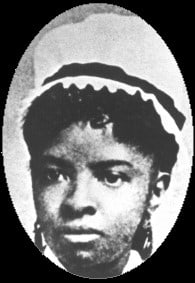 Mary Eliza Mahoney (1845-1926) Boston, MA
Mary Eliza Mahoney (1845-1926) Boston, MA
Mary was the “first colored girl” admitted to the nurse training program at the New England Hospital for Women and Children, now The Dimock Center and the first black professional nurse in the United States.
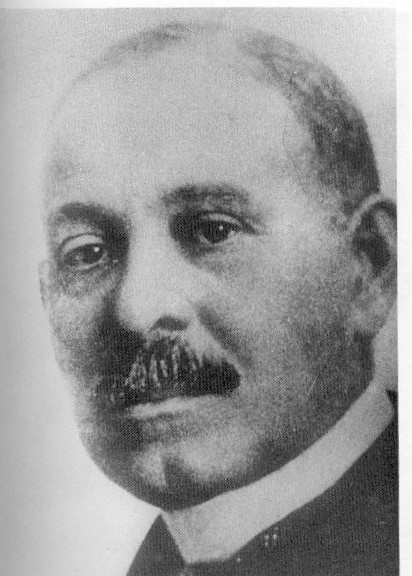 Dr. Daniel Hale Williams (1856-1931) Chicago, IL
Dr. Daniel Hale Williams (1856-1931) Chicago, IL
Dr. Williams performed the first successful open-heart surgery and founded Provident Hospital, now a public hospital, was the first African-American owned and operated hospital in America.
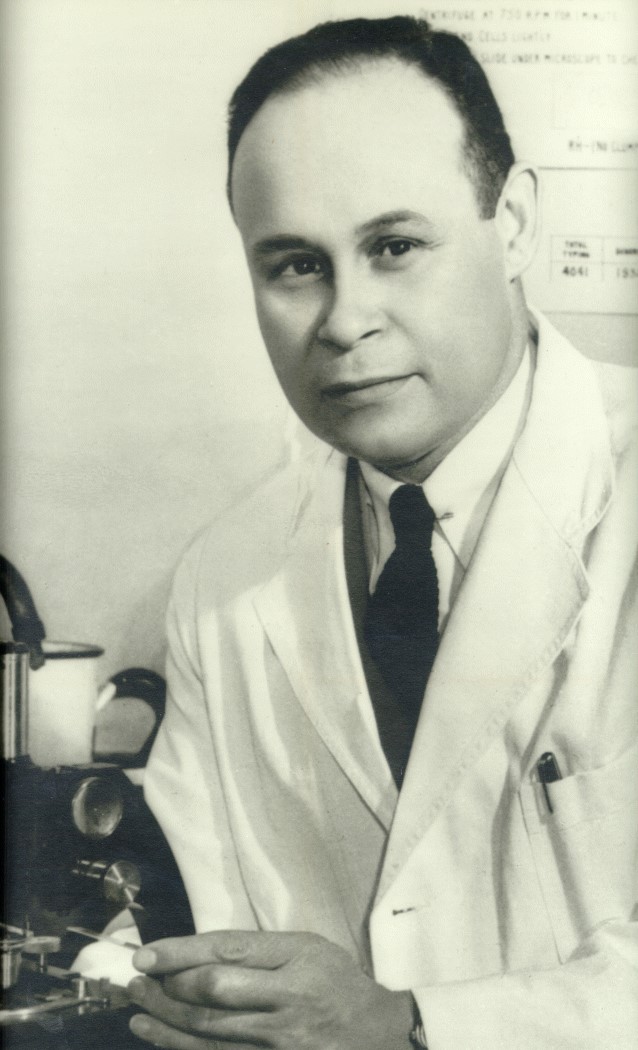 Dr. Charles Richard Drew (1904-1950)
Dr. Charles Richard Drew (1904-1950)
Dr. Drew earned his medical degree at McGill University in Montreal. He was a pioneering researcher in blood plasma for transfusion and in the development of blood banks. He was the first Director of the American Red Cross Blood Bank.
Due to social movements, attitudes started to change. Recognizing their contributions, wealthy white citizens (risking their own lives) stood side-by-side with black scientists and doctors and spoke out against institutional practices that hindered black students as well as prevented medical advancements. From William English Walling to Albert Einstein, they used their influence to bring more awareness to the ills that discrimination creates.
William, the son of a leading physician and grandson to a wealthy slaveowner, felt that racism would destroy our democracy and published Race War of the North, where he wrote that “the Negro should be treated on a plane of absolute political and social equality”. Alongside, W.E.B. DuBois, he was a co-founder of the National Association for the Advancement of Colored People (NAACP).
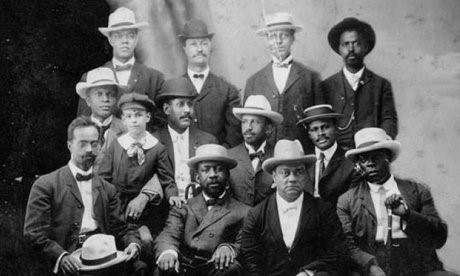
Photo courtesy: National Endowment for the Humanities
And, Albert felt that being Jewish gave him an understanding of inequality and empathy for how Negroes were treated.
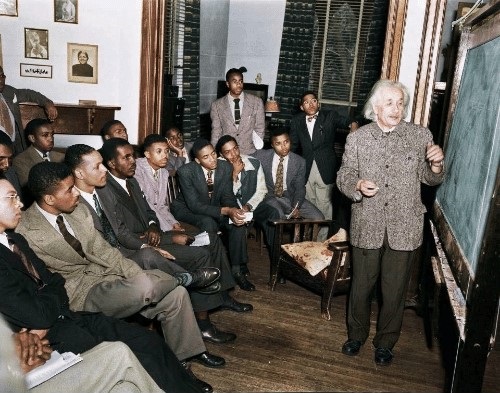
Photo courtesy: John Mosley Photograph Collection; Charles Blockson Afro-American Collection; Temple University Library
The above image captures Albert Einstein teaching a Physics class in 1946 at Lincoln University, a historically Black college in Pennsylvania. He said that “the separation of Races is not a disease of colored people, it is a disease of white people. I do not intend to be quiet about it.” According to Jonathan Logsdon, author of Henry Ford and His War on Jews, wrote that Henry Ford (a captain of industry and founder of the Ford Motor Company) did not agree with Einstein’s politics, hated that he was Jewish and used his influence to publish essays from Germany that were against Einstein.
Mary, Daniel, Charles, William and Albert were bold and took difficult stances to advance science and equality at any cost. They inspire us to be the voice of courage and to move forward no matter what obstacles are in the way.
Together, we need to address pipeline issues, disparities and equity gaps that keep barriers in place. We cannot allow complacency to dismantle the foundation that came from actions. I feel encouraged about the direction that we are headed in. However, if we don’t have intentional policies, practices and preventive measures; all their sacrifices would have been for nothing and we won’t get any further than we are right now. Only then, can we fully dismantle institutional racism.
Download our recommendations to begin improving D&I at your organization today!